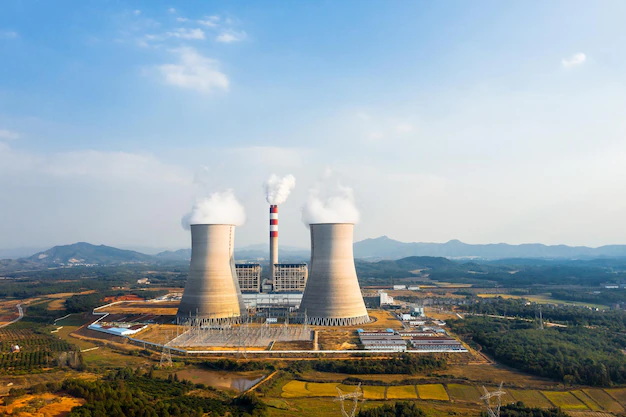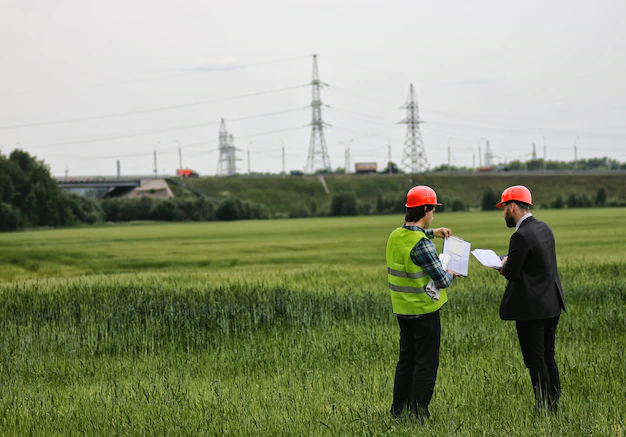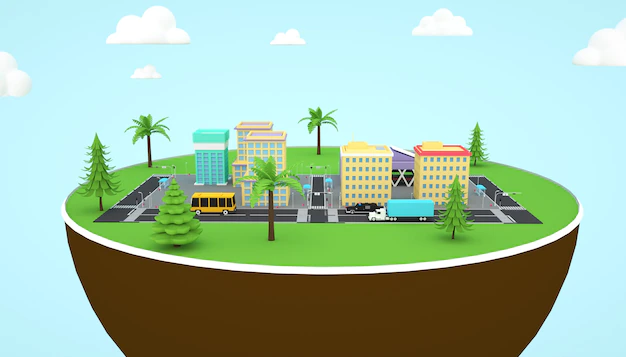The Western Area Power Administration (WAPA) has a mission to provide reliable, cost-based electric power and related services to its customers while promoting sound and efficient management of the federal hydroelectric resources. The mission of WAPA is rooted in its responsibility to transmit and market the hydroelectric power generated by federal water projects in the western part of the United States. Here is a more detailed overview of WAPA’s mission:

- Power Transmission and Marketing: WAPA’s primary mission is to transmit and market the electric power generated by federal hydroelectric projects, particularly dams along major rivers like the Colorado River and the Columbia River. This involves the efficient and reliable transmission of electricity from power generation facilities to various customers, including public utilities, rural electric cooperatives, Native American tribes, and other entities.
- Reliability and Cost-Effectiveness: WAPA is committed to providing reliable electric power to its customers at cost-based rates. The agency aims to ensure that the transmission and delivery of power are efficient, dependable, and affordable, contributing to the stability of the regional power grid.
- Resource Management: WAPA is responsible for managing the federal hydroelectric resources in a sound and efficient manner. This includes overseeing the operation, maintenance, and optimization of the hydroelectric facilities under its purview.
- Environmental Stewardship: WAPA recognizes the importance of environmental stewardship and strives to balance the generation of clean, renewable energy with the protection of natural resources and ecosystems. The agency may be involved in initiatives related to environmental conservation and sustainable energy practices.
- Customer and Community Engagement: WAPA works closely with its customers and communities to understand their energy needs, provide reliable service, and support regional economic development. The agency engages in outreach, partnerships, and collaboration to meet the diverse energy demands of its service area.
- Integration of Renewable Energy: In line with broader energy goals, WAPA may incorporate renewable energy sources, such as wind and solar power, into its transmission system. This supports the development of a cleaner and more sustainable energy portfolio.

It’s important to note that WAPA operates within the framework of federal policies, regulations, and laws that guide its activities. As part of the United States Department of Energy, WAPA’s mission aligns with national energy and environmental objectives while serving the specific needs of the western states it serve.
WAPA’s primary responsibilities include managing the transmission of electricity generated by federal hydroelectric power plants and other renewable energy sources, ensuring the efficient and reliable delivery of electricity, and promoting energy efficiency and environmental sustainability in its operations. The agency also engages in various activities related to power marketing, infrastructure development, and power system planning.
In addition to its operational functions, WAPA is involved in implementing federal energy policies, supporting energy research and development, and collaborating with other federal and state agencies, tribal nations, and local communities to enhance the overall reliability and resilience of the electrical grid in the western United States.
WAPA’s mission is centered around several key points:
- Reliable Power Delivery: WAPA is responsible for ensuring the reliable delivery of electricity to its customers. This involves maintaining and operating the transmission infrastructure effectively to minimize disruptions in power supply.
- Cost-Based Pricing: WAPA’s goal is to provide power at cost-based rates. This means that the rates it charges its customers are designed to cover the operational and maintenance costs of generating and delivering the electricity.
- Supporting Rural Communities: WAPA serves rural and remote areas that might not have easy access to other sources of electricity. By providing affordable and reliable power, WAPA helps support economic development and quality of life in these communities.
- Hydropower Focus: WAPA’s primary source of power generation comes from federally owned hydroelectric plants. These plants harness the energy of flowing water to generate electricity in an environmentally friendly manner.
- Environmental Stewardship: Because of its reliance on hydropower, WAPA‘s operations tend to have a lower environmental impact compared to fossil fuel-based power generation. WAPA aims to balance power generation with responsible environmental management.
- Cooperative Relationships: WAPA collaborates closely with its customers, which include various public utilities and cooperatives. This cooperative approach helps ensure that the power needs of these organizations are met efficiently and reliably.
It’s important to note that organizational missions and goals can evolve over time, so I recommend checking the official Western Area Power Administration website or other reliable sources for the most up-to-date information on WAPA’s mission and activities.
